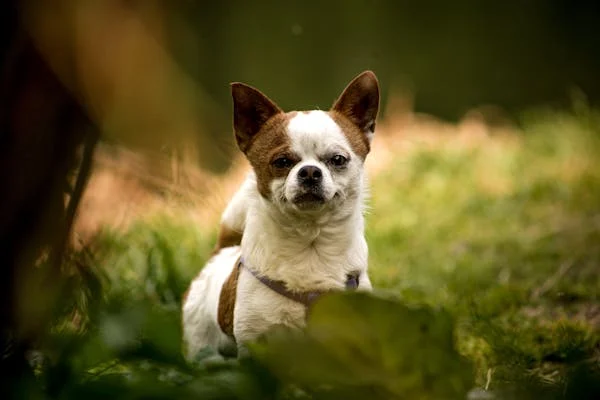Puppy Behaviors to Nip in the Bud Early
- 17 November 2024
- BuyAPet Editorial Team
- All Dogs
Puppy Behaviours to Nip in the Bud Early
Nipping naughty puppy behaviours in the bud starts day one. Here’s a friendly guide to tackle chewing, jumping, barking, house training, nipping and digging—calmly and consistently.
Short, fun sessions
3–5 minutes, 3–5 times per day beats one long session. End on a win.
Pay the good stuff
Mark calm behaviour and pay fast: treats, toys or praise—as your pup prefers.
Predictability
Consistent cues, potty times and sleep make learning faster and calmer.
Chewing: The Never‑Ending Snack Time
Puppies explore with their mouths. Save your shoes by providing appropriate chew toys and rotating them to keep novelty high.
Do
- Offer safe chews sized for your puppy.
- Use a trade game: swap forbidden items for a treat + toy.
- Puppy‑proof: store shoes, remotes and cables out of reach.
Avoid
- Chasing to grab items—this can reinforce stealing.
- Old socks/shoes as toys; it blurs the rules.
Jumping Up: Tiny Terrors with Big Excitement
Jumping is often a greeting. Teach an alternative: ask for a sit before attention. Reward four paws on the floor.
- Turn slightly away and withhold attention when they jump.
- Mark and reward calm sits as you approach the pup.
- Coach visitors so everyone responds the same way.
Barking: The Vocal Alert System
Barking communicates. First, find the trigger (noise, boredom, excitement). Teach a “quiet” cue after a single bark: mark, reward silence, then increase duration.
Enrichment
- Sniff walks, food puzzles, short training games.
- More sleep: young pups need 16–18 hours/day.
Environment
- Close curtains, play low ambient sound for trigger noises.
- Teach a safe station (bed/mat) for calm settle.
House Training: The Great Adventure
Accidents happen. Take your puppy out after waking, eating, play and every 30–60 minutes at first. Celebrate success outside.
- Pick a toilet spot; add a cue as they begin to go.
- Supervise indoors; use doors/gates to limit roaming.
- Clean accidents with enzymatic cleaner—no scolding.
Nipping & Mouthing: The Playful Bite
Nipping is normal play but must be redirected. Yelp softly or say “uh‑uh”, pause play for a beat, then offer a toy to bite instead.
- Teach bite inhibition through gentle play with breaks.
- Provide tug toys and reward licks/soft mouth.
- Avoid rough play that amps arousal if your pup struggles.
Digging: The Little Excavators
Give digging an approved outlet—a sand/soil box or a corner of the garden. Bury toys/treats there to encourage the right spot.
Why pups dig
- To cool down, to stash treasures, for fun or stress relief.
- Increase exercise and mental games to reduce unwanted digging.
Garden saves
- Fence off new beds and supervise outdoor time.
- Provide shade and water to reduce heat‑driven digging.
Need a Hand with Training?
Short, kind, consistent training builds brilliant dogs. If you’re stuck, a positive‑reinforcement trainer can fast‑track progress.
FAQs
How long should sessions be? +
Keep it short and sweet: 3–5 minutes, 3–5 times per day. Quit while you’re ahead.
Should I crate train? +
Crates can aid toilet training and rest if introduced gradually and never used for punishment.
When will teething end? +
Most pups finish teething around 6–7 months. Provide safe chews and chilled toys during this phase.
When should I call a trainer or vet? +
If behaviour worsens, you see guarding, persistent fear, pain signs, or you’re overwhelmed—seek a qualified, reward‑based professional and rule out medical causes.
General guidance only—adapt to your puppy and consult your vet or accredited trainer for personalised advice.
